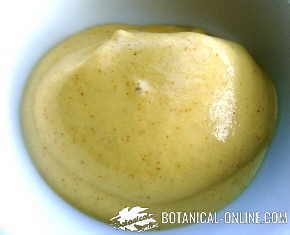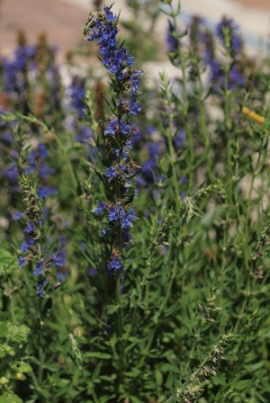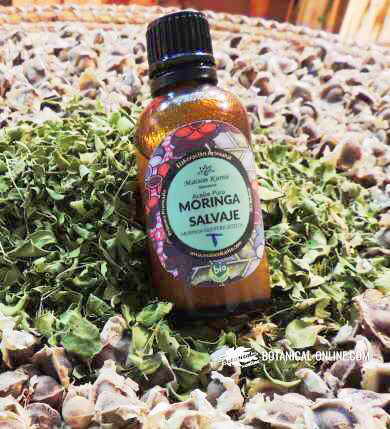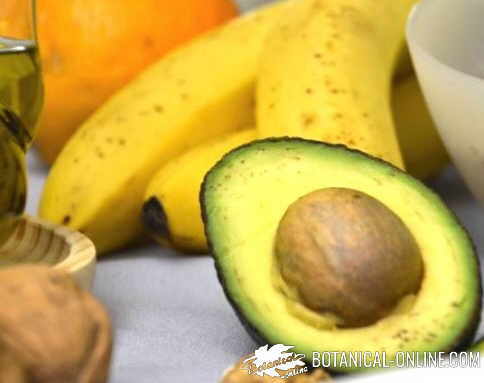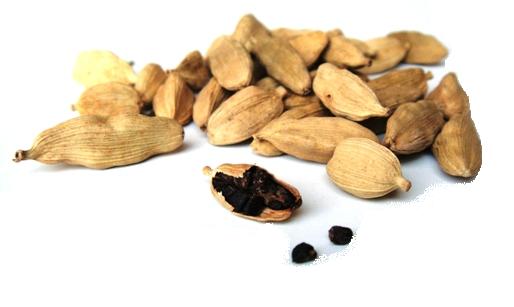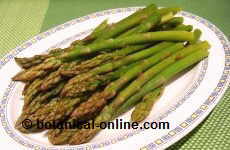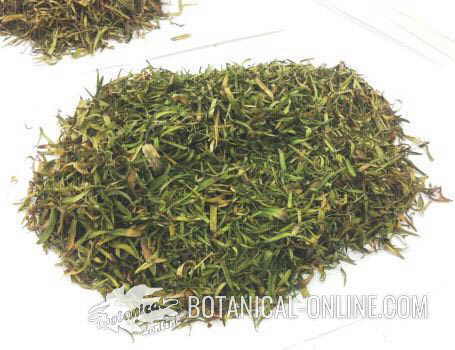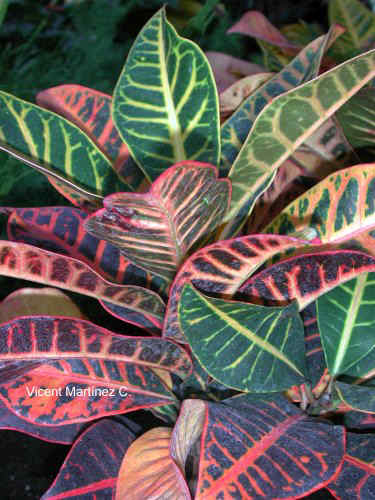FOOD HIGH IN POTASSIUM
| LIST OF FOOD HIGH IN POTASSIUM |
Vegetal foods – Kidney beans: These are the legumes with higher content of potassium. Some varieties eat the beans contain more than 1300 mg of potassium per 100 gr. and a negligible level of sodium (1 mg / 100 gr.). Black beans are also rich in potassium (355 mg / 100 g) and with the same very low level of sodium (1 mg / 100 gr.) They are also a good source of protein, fiber and vitamins. They low fat and stabilize blood sugar, so they are very appropriate in the diet of people with diabetes. – Wheat germ: With 842 mg / 100 gr it is one of the richest dietary supplements in this mineral. – Soybean: Another legume with very high rates of potassium (515 mg / 100 gr.) with very high rates of potassium (515 mg / 100 gr.) and with the same sodium content. It also gives the highest protein content in legumes and provides phytoestrogens that may be useful to reduce some effects of premenstrual syndrome and swelling. – Walnuts: With 441 mg of potassium and only 2 mg of sodium, potassium and walnuts contribute much enormous wealth in polyunsaturated oils, calcium and magnesium. They should not be abused because they contain many calories. – Bananas: Very rich in potassium (396 mgs/100 gr.) and extremely low in sodium (1 mg /100 gr.) they are very recommendable in the diet of the people who want to reduce the swelling. In spite of the bad fame that the bananas make people fat, they are very recommendable in the diet of the obese ones and the people who have a tendency to develop edemas due to gout problems or rheumatism. A daily banana fully surpasses any dose of potassium complement. – Chard: It is very rich in potassium (379 mgs/100 gr.), which compensates its high sodium content. – Pumpkins: Especially zucchini, Acorn pumpkin that contains about 350 potassium mgs. – Watercress: It contain 330 potassium mgs/100 gr. of fresh vegetable. – Carrots: They contain much potassium (323 100 mgs/gr.) but considerably more sodium(35 mg / 100 gr.) It is eaten raw in salads, mixed with other fruits or vegetables, although it has been shown that a slight cooking increases its content in beta-carotene. People with sensitive stomachs can take it in the form of juice, even mixed with other fruits, grated or cooked with other vegetables or purees. – Brussels sprouts: They contain 389 potassium mgs/100 gr. and 23 gr. of sodium and its fiber wealth will help to fight constipation. Their wealth in folate makes them very suitable for pregnancy. Broccoli also is very rich in potassium, although its content is somewhat lower (317 100 mgs g) – Potatoes: They are very rich in potassium (328 mg / 100 g) and contain very little sodium (5 mg/100 g). Also recommended to remove excess fluid when properly cooked (Preferably boiled or roasted without salt) – Avocados: Still with more potassium than the all the previous vegetables and legumes (600 mg/100 gr.) and low in sodium (10mg /100 gr.), the avocado can be interesting as a potassium supplement while as a natural unsaturated fat. However it has to be taken into account that it is a high-calorie food and their intake should be moderate, especially in cases of obesity. – Mushrooms: Mushrooms contain a lot of potassium. For example, button mushrooms contain about 370 mgs – Melons and watermelons, melons contain almost as much potassium as potatoes (309 mg/100 g) and low sodium (9 or 10 mg / 100 g) The melon fruit is highly recommended in the diet of people who want to eliminate water or lose weight. They even have more potassium than watermelons (116 mg / 100 gr.) Although the latter are very low in sodium (2 mg/100 gr.) So that both fruits are ideal diet to eliminate fluid retention. – Strawberries: They contain much potassium (292 100 mgs/gr.) but far more sodium than the previous vegetables (37 100 mgs/gr.) They are considered very diuretic and are highly recommended in the diets of obesity because of its low sugar content. – Tomatoes: With more than 220 mg of potassium per 100 gr. and low sodium (13 mg / 100 gr) tomatoes are another food that should be present at the table of people who tend to retain fluid. It should be eaten in fresh salad, without adding salt. If eating canned, you should watch the sodium content of the product. Other very high in potassium natural foods: oranges, (especially orange juice concentrate) kiwis, chickpeas, lentils, beans, sweet potatoes, dates, raisins, pumpkins, lettuce, papayas, peas, raspberries, currants, peaches, pistachios, or apples. Non- vegetal food We can mention the following non-vegetal food high in potassium: Fish and seafood: hake, salmon, codfish, swordfish, trout, sardine, crab, lobster, etc. Dairy products: milk, yogurt and other derivatives. Meat: beef, chicken, duck, turkey, pig, calf, lamb.
– Hypertension, increased blood pressure due to excess sodium and low potassium levels. – Liquid retention. How can potassium help to reduce swelling? |
![]() More information on potassium and other rich mineral foods.
More information on potassium and other rich mineral foods.

